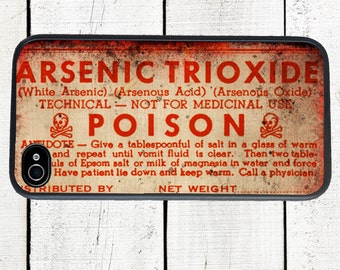
Lung Cancer Part-8
What is the prognosis (outcome) of lung cancer?
SCLC has the most aggressive growth of all lung cancers, with a median survival time of only 2 to 4 months after diagnosis when untreated. (That is, by 2 to 4 months, half of all patients have died.) However, SCLC is also the type of lung cancer most responsive to radiation therapy and chemotherapy. Because SCLC spreads rapidly and is usually disseminated at the time of diagnosis, methods such as surgical removal or localized radiation therapy are less effective in treating this type of lung cancer. When chemotherapy is used alone or in combination with other methods, survival time can be prolonged four- to fivefold; however, of all patients with SCLC, only 5% to 10% are still alive 5 years after diagnosis. Most of those who survive have limited-stage SCLC.
In non-small cell lung cancer (NSCLC), the most important prognostic factor is the stage (extent of spread) of the tumor at the time of diagnosis. Results of standard treatment are generally poor in all but the smallest of cancers that can be surgically removed. However, in stage I cancers that can be completely removed surgically, 5-year survival approaches 75%. Radiation therapy can produce a cure in a small minority of patients with NSCLC and leads to relief of symptoms in most patients. In advanced-stage disease, chemotherapy offers modest improvements in survival although rates of overall survival are poor.
The overall prognosis for lung cancer is poor when compared with some other cancers. Survival rates for lung cancer are generally lower than those for most cancers, with an overall 5-year survival rate for lung cancer of about 17% compared to 67% for colon cancer, 90% for breast cancer, 81% for bladder cancer, and over 99% for prostate cancer.






